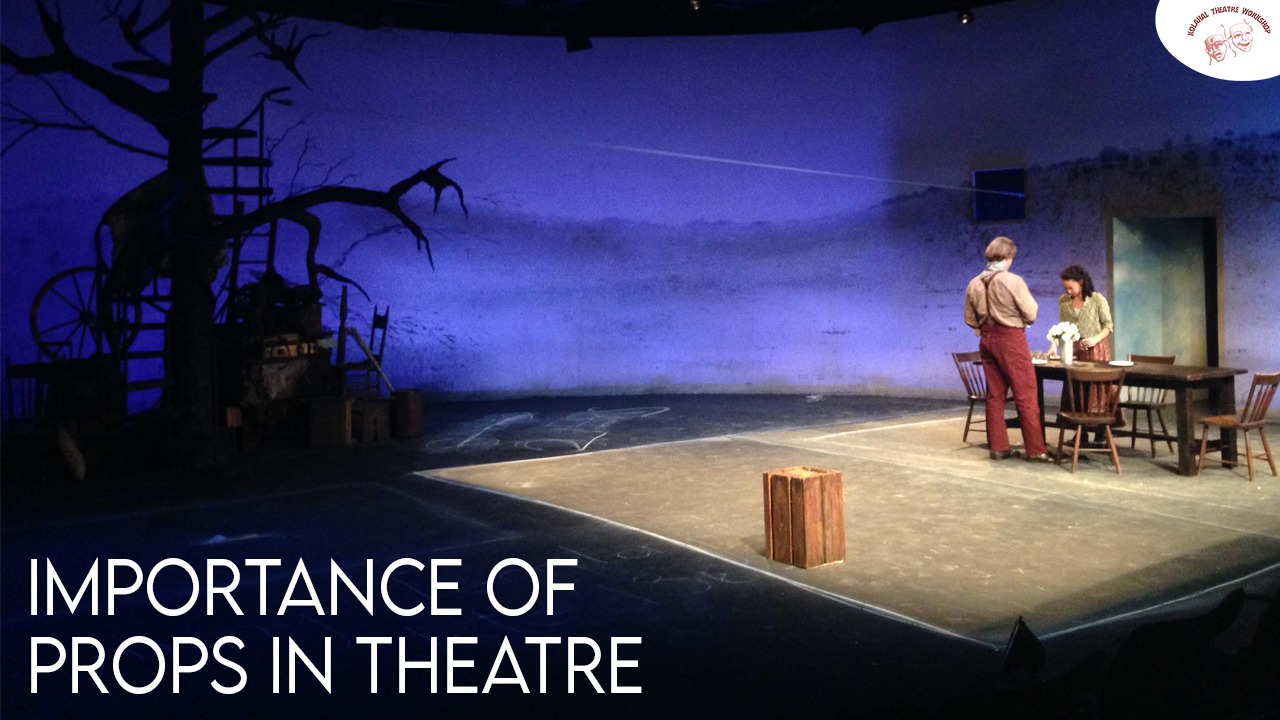Behind the Curtain: Unveiling the Vital Role of Props in Theatre
Introduction:
The magic of theatre doesn’t solely reside in the words spoken or the movements performed on stage; it’s also intricately woven into the fabric of the props that adorn the sets. From a simple chair to elaborate, historically accurate artifacts, props serve as silent actors, enriching the storytelling experience and bringing the world of the play to life.
Importance of Props:
- Setting the Scene: Imagine attending a play set in Victorian England without the ornate furniture, gas lamps, and carriage props. The authenticity of the era would be lost, and the audience’s immersion into the narrative compromised. Props transport both actors and spectators to different times and places, grounding the story in a tangible reality.
- Enhancing Characterization: Props are more than just inanimate objects; they’re extensions of the characters themselves. A worn-out teddy bear may evoke a sense of nostalgia or vulnerability, while a gleaming sword signifies power and authority. Actors interact with props in ways that reveal their characters’ personalities, motivations, and conflicts, adding depth and complexity to their performances.
- Conveying Symbolism: In theatre, every prop carries symbolic significance, enriching the thematic layers of the play. A wilted rose may symbolize lost love, while a key represents secrets waiting to be unlocked. By strategically incorporating symbolic props, directors and playwrights communicate subtle messages and provoke thought-provoking interpretations among audiences.
- Fostering Immersion and Engagement: Theatre is a collaborative art form, and props play a crucial role in fostering audience engagement. Whether it’s the rustle of papers or the clinking of glasses, props engage the senses, drawing spectators deeper into the world of the play. Moreover, interactive props invite audience participation, creating moments of shared experience and emotional resonance.
- Supporting Narrative Momentum: Props serve as narrative catalysts, propelling the story forward and facilitating seamless scene transitions. A ringing telephone or a handwritten letter can ignite plot twists, while a strategically placed prop can reveal crucial plot details without the need for exposition. In this way, props become indispensable tools for directors and playwrights, shaping the pacing and flow of the narrative.
- Celebrating Craftsmanship and Creativity: Behind every prop lies a tale of craftsmanship and creativity. Prop designers and artisans painstakingly research, design, and construct each object, ensuring historical accuracy and aesthetic appeal. From the meticulous recreation of period costumes to the ingenious engineering of mechanical props, the artistry behind prop-making enriches the theatrical experience and deserves recognition.
Conclusion:
In the grand tapestry of theatre, props are the unsung heroes, quietly shaping the world of the play and enriching the audience’s experience. From conveying symbolism to fostering immersion, props play a multifaceted role in bringing stories to life on stage. As we applaud the actors taking their final bows, let’s also acknowledge the craftsmanship and artistry of the props that helped weave the magic of theatre.
Top of Form



